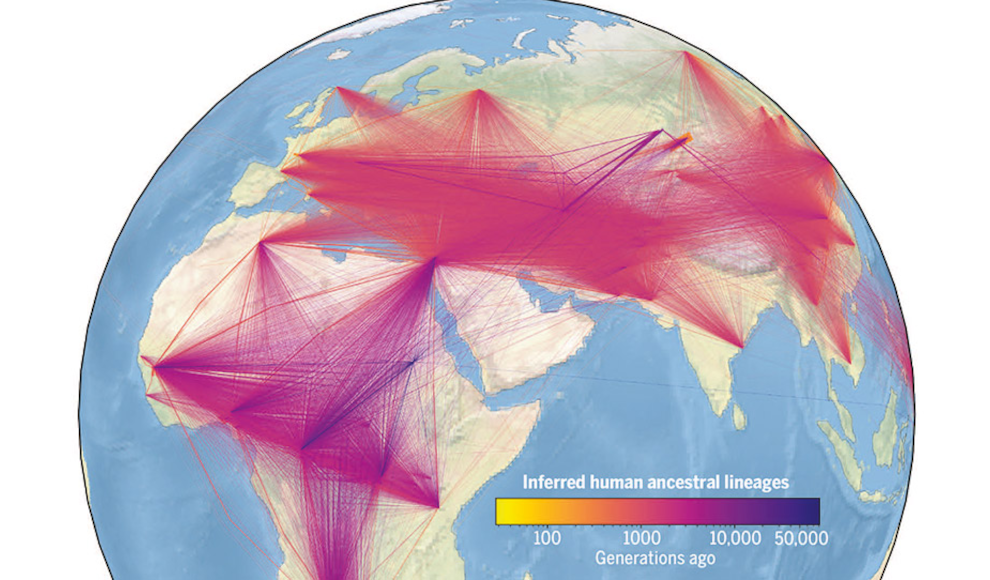A groundbreaking study has revealed that a new artificial intelligence (AI) has created the largest family tree of humanity, tracing back over 100,000 years. The University of Oxford, Harvard University, and the Broad Institute of the Massachusetts Institute of Technology (MIT) collaborated to develop an AI that combines genome sequences to enable a joint analysis of the massive database. The algorithm used is relatively simple, visualizing the ancestry of DNA points in the form of a tree. These trees form a recombination diagram that connects genome sequences with the ancestor where they first occurred. The AI then created a network based on this data, showing the common ancestors and relationships of the people from whom the DNA sequences were obtained.
The researchers analyzed over 3,500 genome sequences from 215 populations, including genomes of ancient Homo sapiens and three genomes of Neanderthals. The data also includes the regions of the world from which the DNA samples were obtained, allowing the authors of the study to determine where the common ancestors lived and how they spread across the earth. The family tree of humanity shows important events in evolutionary history, including signals for very deep ancestral lines in Africa, the Out-of-Africa event, and the prehistoric settlement of Oceania.
The power and resolution of the methods used to record family trees promise to contribute to the clarification of the evolutionary history of humans and other species. The most powerful methods for inferring evolutionary history are likely to be based on these methods in the future. The study’s authors believe that their approach, which makes few assumptions about the underlying data and can include both modern and ancient DNA samples, is unique and will be useful in future research.










